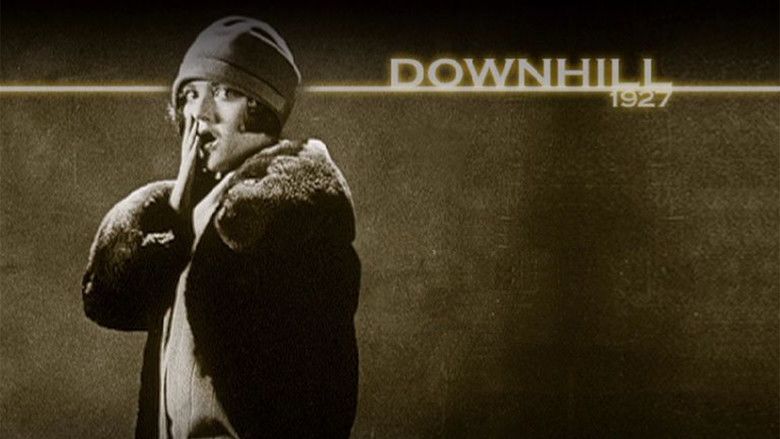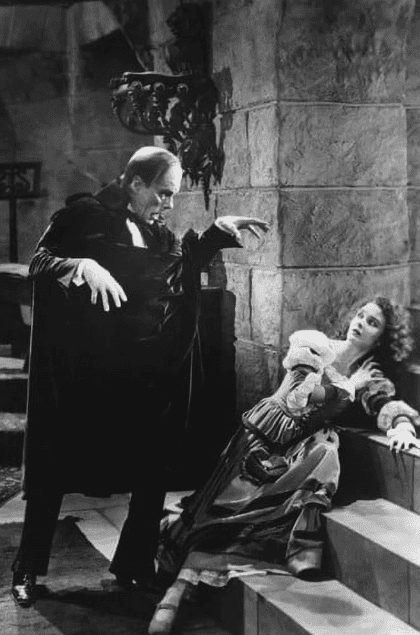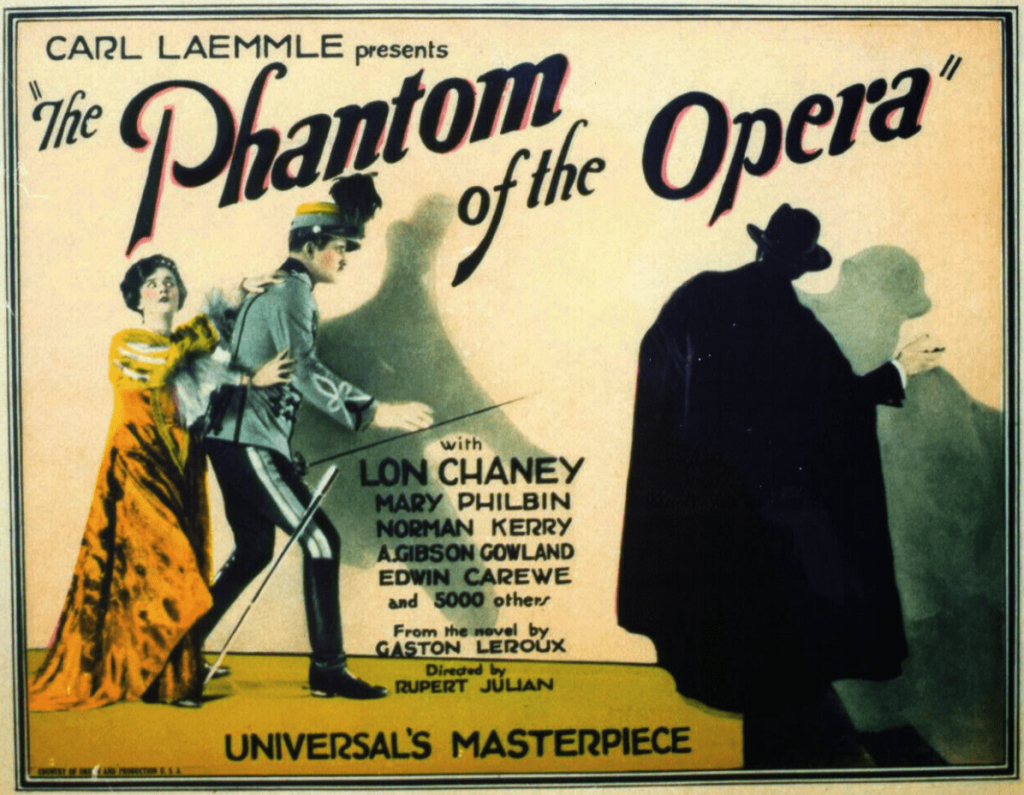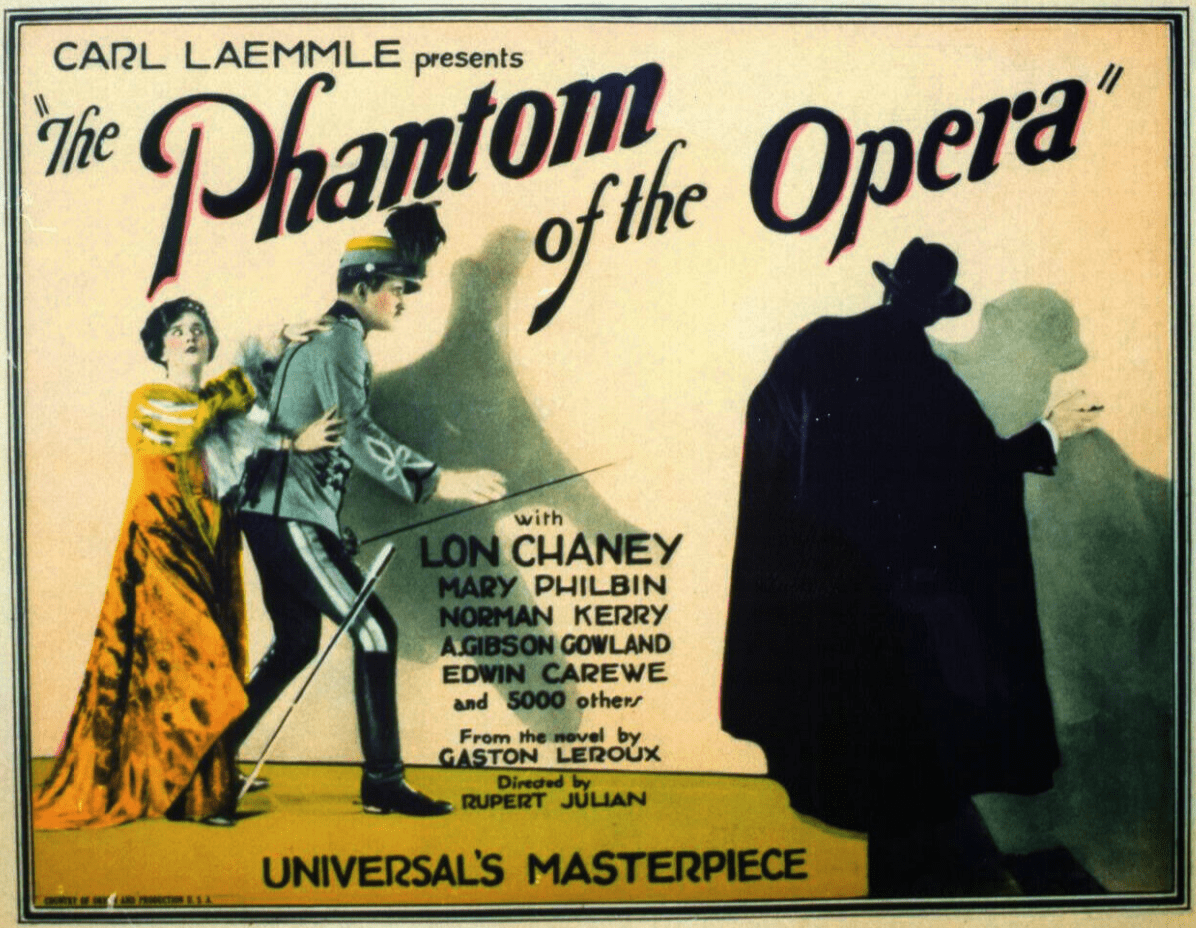
Table of Contents
ToggleThe Phantom of the Opera
by Chris
Posted on 31/10/2023 on “Public Domain Film Review”
In an era in which horror movies like Talk to Me and Huesera: The Bone Woman get under one’s skin and refuse to leave, it may seem a surprise to many that a 1925 silent film had similar effects on audiences. It (it being the still famous horror hit The Phantom of the Opera) certainly had a profound effect on a young boy named Gregory Peck, who claimed that Lon Chaney’s famous unmasking scene terrified him so much that he had to sleep in the same bed as his grandmother after viewing it. Peck wasn’t the only one who found it scary; apparently, the famous (or infamous) scene was edited or banned in some countries due to how shocking it was.
Up until the famous Broadway adaptation Andrew Lloyd Webber created in 1986, this Phantom of the Opera, directed by Rupert Julian, was the most well-known version of Gaston Leroux’s famous 1910 tale. (Leroux, who died two years after the release of the film, gave a copy of his novel to Universal Pictures chief Carl Laemmle, who was vacationing in Paris in 1922 and who liked it so much that he read it in one night and immediately bought the film rights.) The film version three years later certainly became the most well-known performances of its star (Chaney), and it helped Universal Studios down its path of masters of horror.
In the film, Chaney plays a mysterious ghoul named Erik of abandoned and secret torture chambers hidden under what is now a major opera house in Paris. While many above ground think this ghost story of the Phantom is simply apocryphal, others are convinced. How can they not be? You would, too, if members of the crew started showing up dead.
You might also believe the tales if this enigmatic Phantom started making demands regarding the casting of certain operas, but that he does. In this case, Erik demands that his protégé, Christine (Mary Philbin), replace the opera’s current star. If his demands are not met, there will be consequences. It goes without saying that this Erik is a terribly manipulative, proprietorial creature, like other antagonists in films of horror future, such as Sam Neill in Possession, Linus Roache in Mandy, or Kathy Bates in Misery (#genderequality). “Christine,” he tells her, “tonight I placed the world at your feet.” Poetic but possessive.
As a child in 1925, I too likely would have been terrified by this film. (I can relate to young Peck; I asked to sleep in my parents’ bed after watching Jurassic Park as a six-year-old.) As an adult, I also likely would have been alarmed by Chaney’s makeup (which he designed himself), with its skeletal features and barbed teeth. Would I have found the film as sinister as I found modern-day horror films like The Witch and Hereditary? Perhaps not. The Phantom of the Opera is good fun, even today, but I also can’t help but feel that it is not quite as terrifying as I’m sure other films of that era were, namely Nosferatu and The Phantom Carriage. The lethargic pace of The Phantom of the Opera, especially right before the film reaches its climactic scenes, don’t do it any favors.


Additionally, while it’s thrilling to see Chaney in his most famous role (he’s still renowned as “the Man of a Thousand Faces”), the rest of the characters are two-dimensional, and the actors playing them are not doing much to be remembered. Some (like Arthur Edmund Carewe as the mysterious Ledoux) certainly look the part of a key figure in a famous horror tale, but he’s not really doing much. Others, like Norman Kerry (“the Clark Gable of the 1920s”) similarly just sort of fade in the background, despite the importance he serves in key scenes. Really, it’s just Chaney’s show, as he’s doing most (or all) of the heavy lifting, and he really runs with it, so much so that he is arguably the greatest horror villain of all time.
Still, the film deserves our praise, even today. The famous unmasking scene has been mentioned several times already, but I haven’t discussed the lead-up to it. The abrupt moment that the mask is ripped off is the one that finds its way in montages honoring cinema, yet its the minute or so leading up to it—especially if you know what’s coming—that really heightens the experience. That being said, I’m afraid the film set a bad standard in Hollywood that is repeated even to this day: the idea of disability and deformity being equated with horror. Erik yelling to “feast your eyes—glut your soul on my accursed ugliness!” made for bad advice to the Hollywood system to repeat this offensive trope over and over again.
It’s undeniable that the extravagant budget of the film was put to good use. There are wonderful costumes and macabre shadows everywhere. The film’s budge of over $600,000—almost ten million dollars today—may seem limited compared to studio films these days, but it was significantly higher than the average film in the mid-Twenties. It all paid off, with the film tripling its budget in earnings.
So thrilled with the success Universal Pictures was that it would set itself up to be the dominant horror film production company in the United States, churning out Dracula, Frankenstein, The Mummy, and The Invisible Man within the next decade. Despite the film’s success, however, the copyright was not renewed, and The Phantom of the Opera entered the public domain in 1953. The multiple versions you can see these days; the one I prefer is the ninety-minute version due to the added hues (especially the Technicolor ballroom scene). It doesn’t really matter; every version has Lon Chaney in it, so you’re bound to appreciate any version you see.

